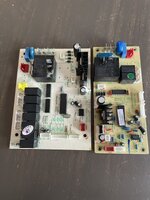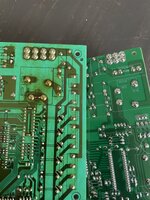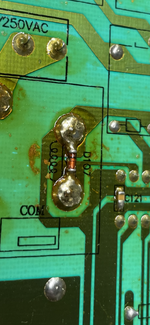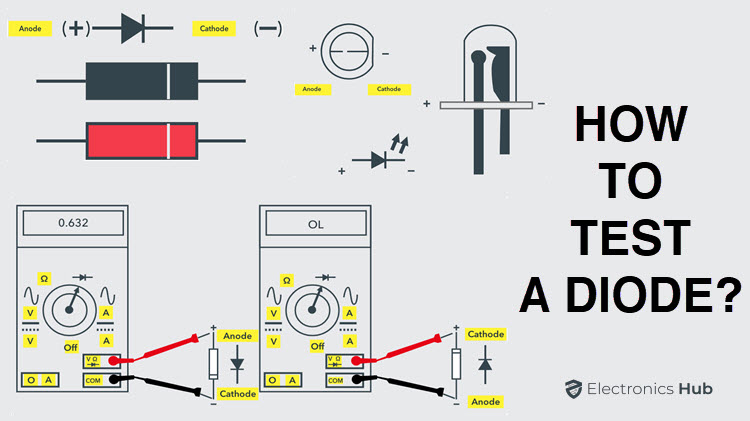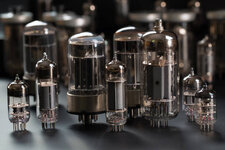Portable air conditioner…. Was junk but is holding refrigerant so I thought I'd try and fix.
First eBay order I got the wrong board…. ($30) I don't know how to refine search results enough for these units. Maybe I'll try mod. and ser. again.
Then I thought I can just use the part I need.
I'm not really set up for fine circuit repair…. But I feel okay enough to replace start components. Both relays are the same across VA
Haaaa…. Was gonna just try and wire a hard start kit in here but figured it's too dumb…..the 3-1 that is, for these fancy units.
Question….
Looks like a resistor across coil on relay. Likely fried too…?
Or what is that?
(Side question)
….. anyone got time to replace this for me? Hoping someone has a bench set up already for this work. Some strange people in this place. I can ship and pay.
But if I can pull relay and verify resistor is good……. All I'd need are words of encouragement.


First eBay order I got the wrong board…. ($30) I don't know how to refine search results enough for these units. Maybe I'll try mod. and ser. again.
Then I thought I can just use the part I need.
I'm not really set up for fine circuit repair…. But I feel okay enough to replace start components. Both relays are the same across VA
Haaaa…. Was gonna just try and wire a hard start kit in here but figured it's too dumb…..the 3-1 that is, for these fancy units.
Question….
Looks like a resistor across coil on relay. Likely fried too…?
Or what is that?
(Side question)
….. anyone got time to replace this for me? Hoping someone has a bench set up already for this work. Some strange people in this place. I can ship and pay.
But if I can pull relay and verify resistor is good……. All I'd need are words of encouragement.
